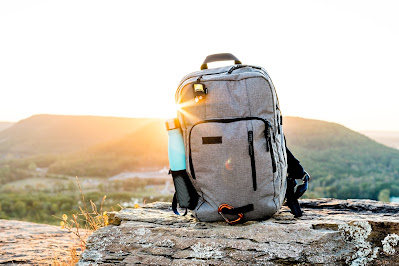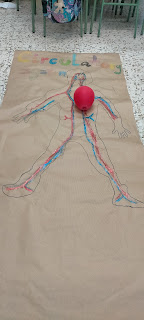Blanca Rosa's Task

WHAT'S POLLY GOT? This cooperative learning activity helps pupils become actively engaged in their learning process and improve their understanding of the content ‘has got’. It promotes achievement, enhances retention, increases motivation, develops social skills, and builds self-esteem. Each member of the team is responsible for their own learning also for helping their teammates learn. Students work together to help one another learn. I have this strategy that can be done to help learning a grammar concept without the ‘grammar googles’ ..... Blanca Rosa González Martínez







